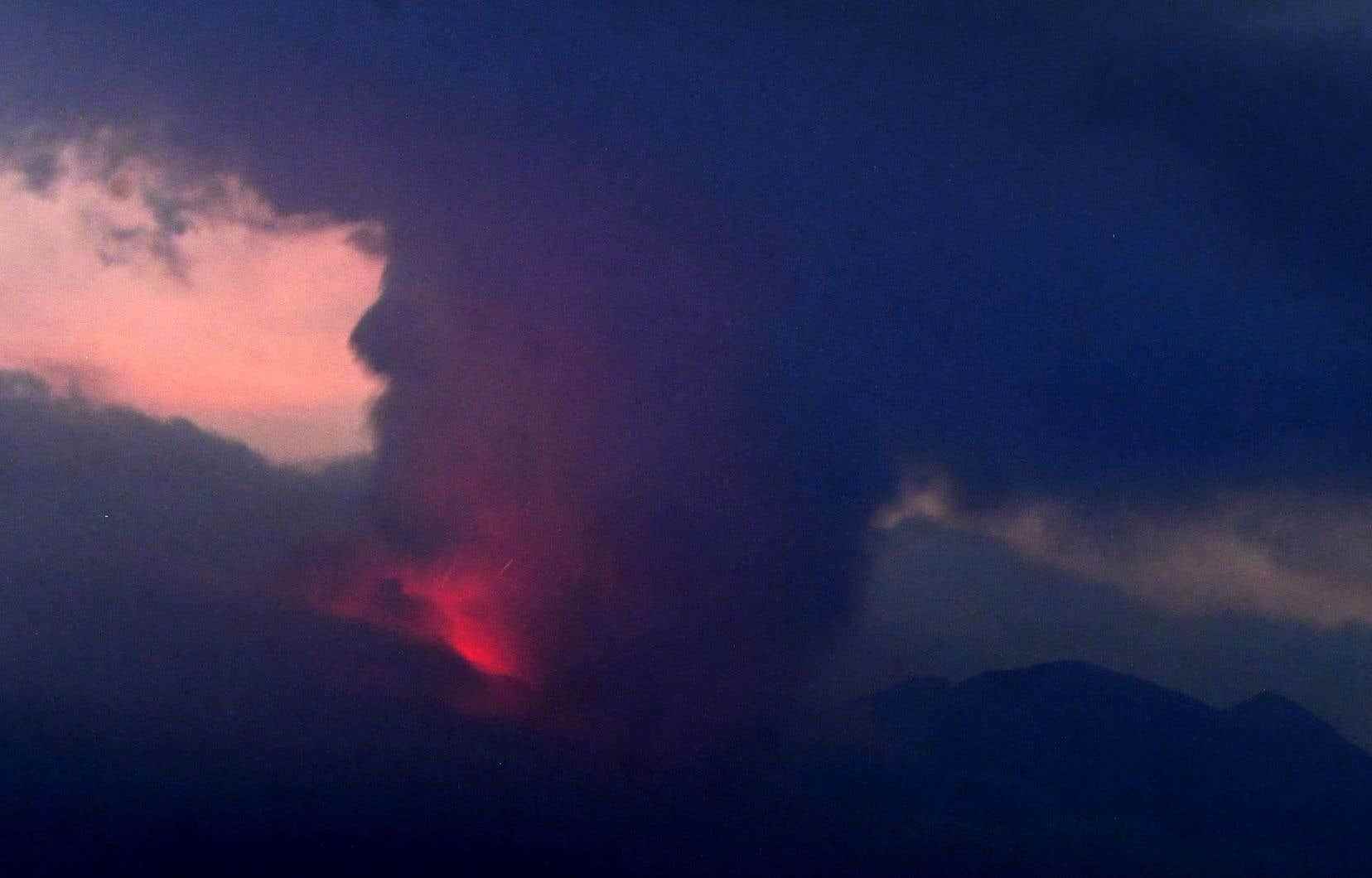The order has been given to evacuate some sparsely populated residential areas of the city of Kagoshima, in southern Japan, after the major eruption of the Sakurajima volcano on Sunday.
Television footage showed a lava flow and ash being spewed from the volcano.
An explosion sent ash about 2.5 kilometers from the crater, according to the Japan Meteorological Agency, while smoke rose to about 300 meters and mingled with clouds.
No damage was immediately reported, Deputy Chief Cabinet Secretary Yoshihiko Isozaki said.
However, the Japan Meteorological Agency raised its alert level for Sakurajima to 5, the highest.
Before the eruption of the volcano, which took place after 8:00 p.m. on Sunday, the alert was at level 3, which prohibits access to the mountain.
Authorities in the seaside town of Kagoshima ordered people living in the Arimura district and part of Furusato district, a total of 51 people, to leave, according to local media.
Kagoshima Municipality has approximately 600,000 inhabitants.
“The Arimura and Furusato settlement areas, located within a three-kilometer radius of Sakurajima crater, should be on high alert,” Tsuyoshi Nakatsuji of the Japan Meteorological Agency (JMA) told reporters.
Prime Minister Fumio Kishida had earlier asked the government to “work closely with the municipality to ensure damage prevention, including through evacuations,” Isozaki told reporters.
Sakurajima, which frequently spits smoke and ash, is one of Japan’s best-known tourist sites. This volcano even experienced four eruptions between Saturday and Sunday afternoon, the plume reaching up to 1200 meters.
According to Tsuyoshi Nakatsuji, the JMA last week observed the swelling of the volcano, a marker of an accumulation of magma.
“But the swelling has not gone away after the last eruption,” he said, assuring that the JMA “is monitoring this carefully”.
Japan has many active volcanoes. It is located on the “Pacific Ring of Fire”, where many of the earthquakes and volcanic eruptions occurring on the planet are recorded.
Sakurajima was once an island, but due to earlier eruptions, it is now attached to a peninsula.
The last time Japan issued the maximum evacuation alert for a volcano was when Kuchinoerabu Island erupted in 2015.
